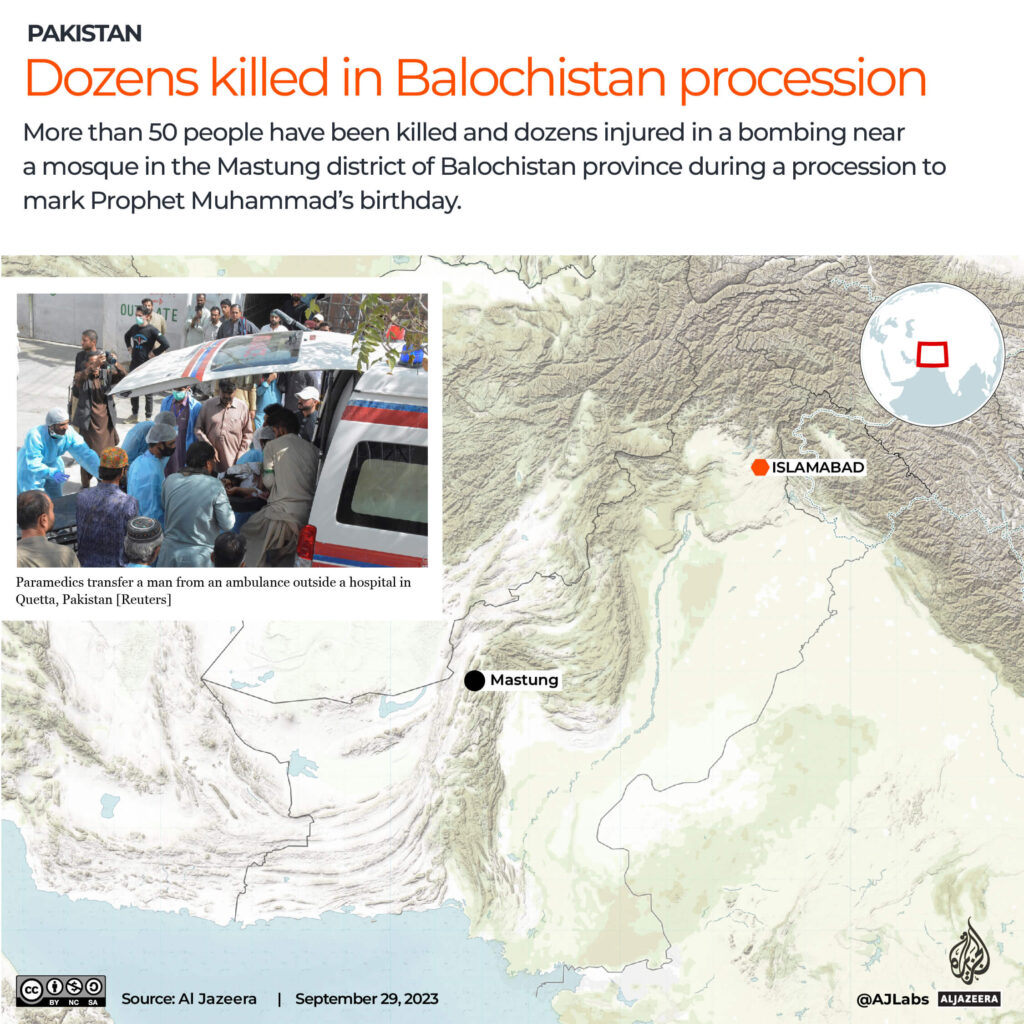
Introduction
Balochistan is the largest province in Pakistan by land area, rich in cultural diversity and natural resources. Located in the southwest region of the country, it borders Afghanistan and Iran, making it a strategic location with considerable geopolitical significance. The province is also characterized by its complex socio-political landscape, which has garnered national and international attention, particularly due to ongoing conflicts and advocacy for greater autonomy.
Current Events and Issues
In recent months, Balochistan has remained in the spotlight due to both its socio-economic challenges and its cultural heritage. The province struggles with issues such as poverty, illiteracy, and inadequate health care services, which have been further exacerbated by ongoing violence and political instability. According to the Pakistan Bureau of Statistics, Balochistan has the highest illiteracy rate of any province, with a staggering 65% of its population lacking basic education. This has hampered economic development and continued to perpetuate cycles of poverty.
Additionally, the region has witnessed a resurgence in nationalist movements, with various Baloch groups advocating for greater control over local resources, fueled by a sense of alienation from the central government. The ongoing talks between the Balochistan government and various stakeholders have been pivotal, though progress remains slow and contentious.
Economic Potential and Resources
Despite these challenges, Balochistan is rich in natural resources, including valuable minerals, gas, and coal. The China-Pakistan Economic Corridor (CPEC) has opened new avenues for development, leading to significant investments aimed at improving infrastructure and generating job opportunities. The Gwadar Port project stands out as a crucial development, positioning the region as a potential trade hub in the region. However, development efforts have faced resistance due to security issues and local grievances.
Significance for Readers
Balochistan remains a region of tremendous contrast, holding vast cultural heritage alongside significant challenges. Understanding the dynamics of Balochistan is crucial not only for policymakers aiming for stability and economic prosperity but also for citizens curious about the realities facing their fellow compatriots. As discussions about autonomy, governance, and resource management continue, the attention towards Balochistan will likely grow, reinforcing the need for informed discourse on the province’s future.


